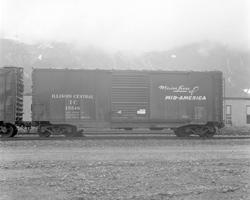
Illinois Central IC 15548 MainLine of MID-AMERICA Box car
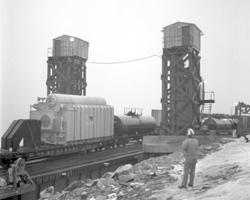
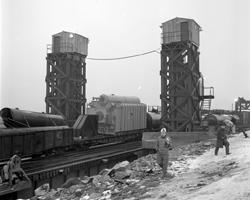
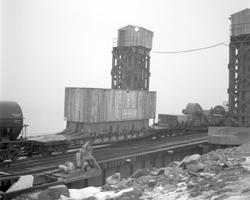
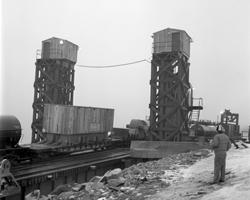
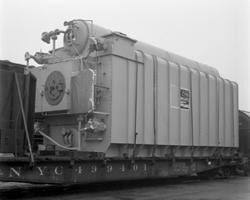
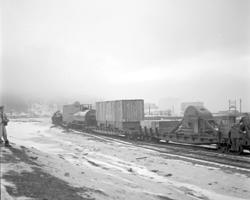
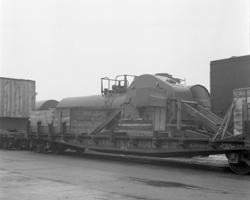
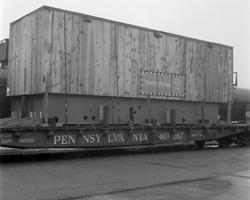
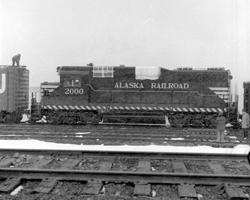
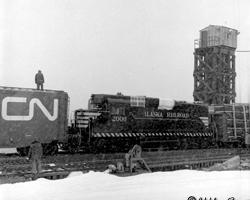
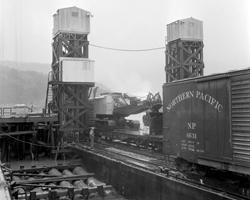
102. From the deck of the ARR dock you can see the floating fenders used to hold the barge in line with the ramp. The barge will be winched from side to side to line the tracks. Notice the cribbing under the Northwest rock shovel and the overhang on the car deck.
Northern Pacific box car NP 6631 sets on the near rail of the barge waiting it's turn.
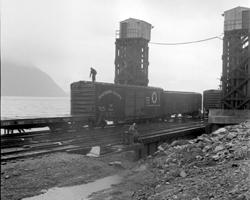
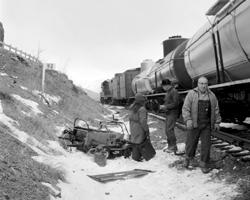
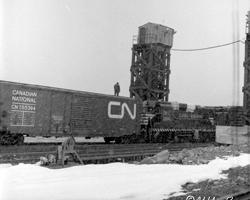
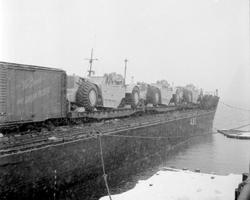
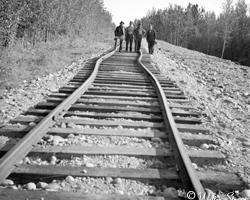
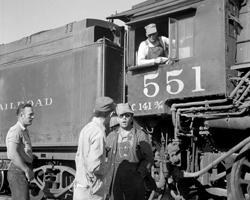
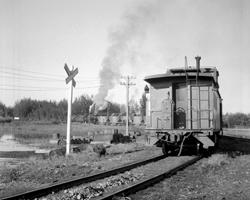
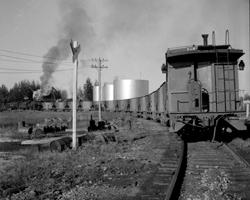
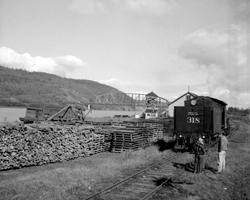
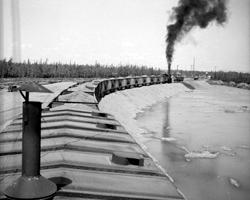
112. Loaded ballast train moving North from the pit into Nenana Yard.
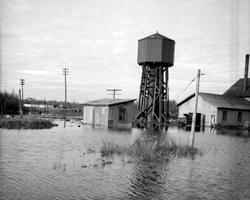
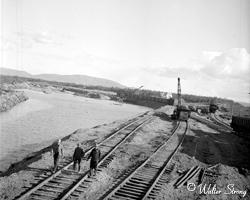
As you drive into Nenana, the Parks Highway is located right where the tracks are in this view. The pond left behind by the gravel extraction is a float plane basin next to the highway and the Nenana Airport extends to the left of this image.
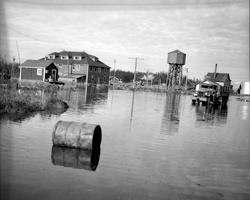
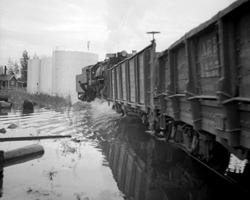
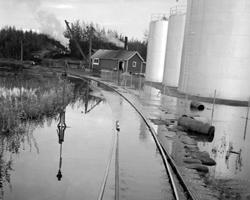
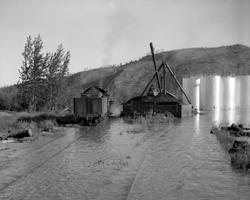
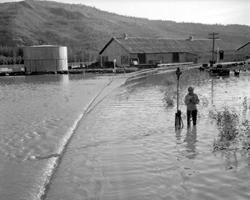
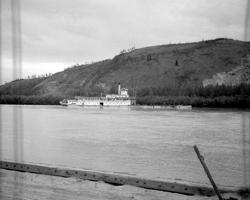
Today the Parks Highway bridge and overpass cross the river just to the left of where the boat is moored.